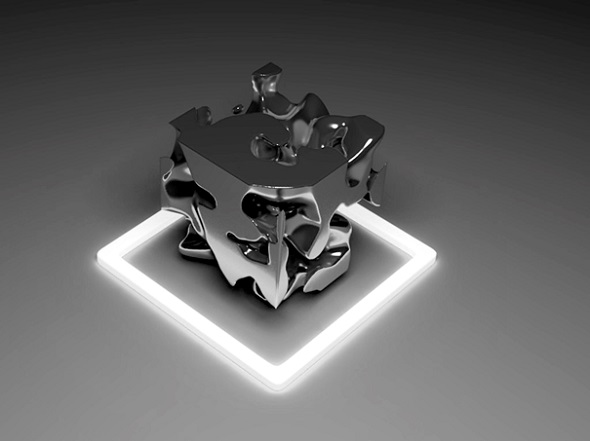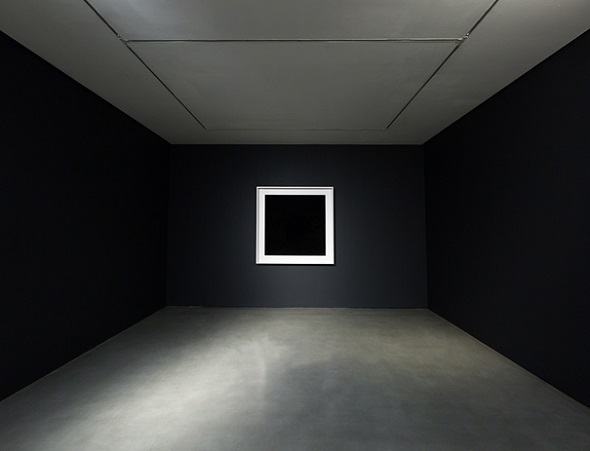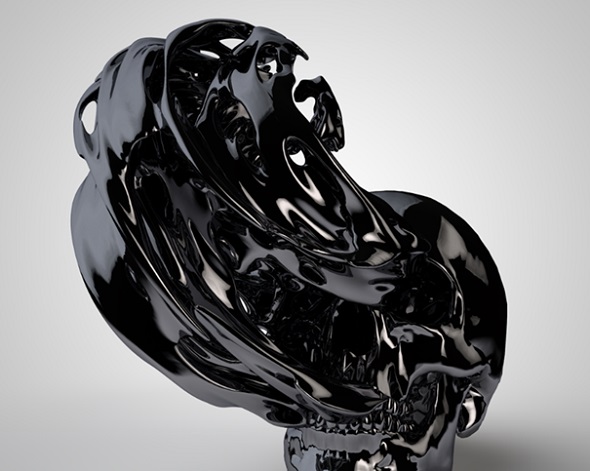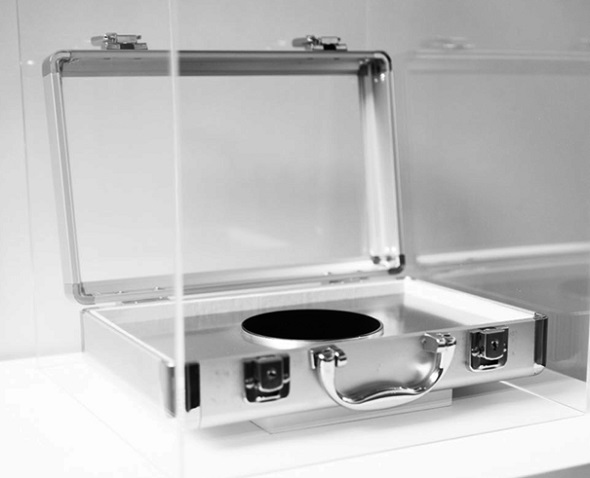
Meet Scientist and Artist Frederik De Wilde, Maker of the Blackest Black in the World
Meet Frederik de Wilde: A person who acts on the borderline between science, technology and art. A man who believes that “art is the poetics of the imagination and science is the poetics of reality”. A developer who worked with NASA to create the blackest color on earth. An artist and scientist who uses 3D printing for the good of art and science alike and one of our featured speakers at the upcoming Materialise World Conference.
![Frederik De Wilde in front of artwork from his [NRS] series](http://i.materialise.com/blog/wp-content/uploads/2015/03/dewilde1.jpg)
Frederik De Wilde in front of artwork from his [NRS] series

Frederik’s “M1ne” project – 3D prints inspired by Belgian coalmines
Frederik studied fine arts, experimental and audio-visual arts, architecture, and philosophy in Brussels and Antwerp before obtaining a post-graduate degree in new media, arts and design at Transmedia in Brussels. It was here where he was introduced to software programming. Frederik is now working as a guest Professor at Transmedia Brussels and is a permanent artist in residence at the University of Hasselt.

Frederik’s “Quantum Foam #1” – a 3D model generated using a live data feed from devices measuring quantum fluctuations at the Australian National University.
Frederik is probably most famous as an artist who collaborated with optical physicist John Hagopian to create the blackest-black art on earth. He took inspiration from the Belgian coalmines and created a technique in partnership with NASA to produce the blackest color known to man. This darkness is produced using carbon nanotubes that Frederik used for paintings and a 3D printed sculptures. Take a look at Frederik’s TED talk about the “Blackest Black in the World” below and scroll down to see the final results:

Frederik’s “NanoBlck-Sqr #1” was recently on display at the Carroll/Fletcher Gallery (London) and is now on exhibition at the Whitechapel Gallery (London) until April 6, 2015. Photo: Carroll/Fletcher.

“Entangled, Always, Forever, Everywhere” – one of Frederik’s 3D printed distorted skulls.
Frederik De Wilde considers all this research, rather than strictly art: “NASA is using the blackest black to coat the inside of a space telescope so stray light inside the lens is eliminated. And you could use it for stealth technology.”

Frederik’s “NASABlck-Crcl #1”
Frederik sums up his intentions as an artist and scientist as follows:
“Human, social and ecological problems are often the starting point of my research and artistic products. Specifically, my coexistence with the sciences aims to explore new angles from which art can be understood. Just as one can question, and has questioned, the usefulness of religion in such a scientific-technological society, one must also ask what the role of art in this is. How do we connect the blind spots, respectively, art and science? This seems to me a crucial question.”
Frederik De Wilde will be speaking about ‘Art, Science and Technology: Hacking the Universe’ at the Materialise World Conference on April 24, 2015 in Brussels. Tickets can be purchased here, or for more information about the Materialise World Conference, please see our event website. You can also check out our 3D modeling workshops on April 25 here. If you need a hotel room, make sure to visit this website before March 15th for advantageous room prices.
Recommended Articles
No related posts.



